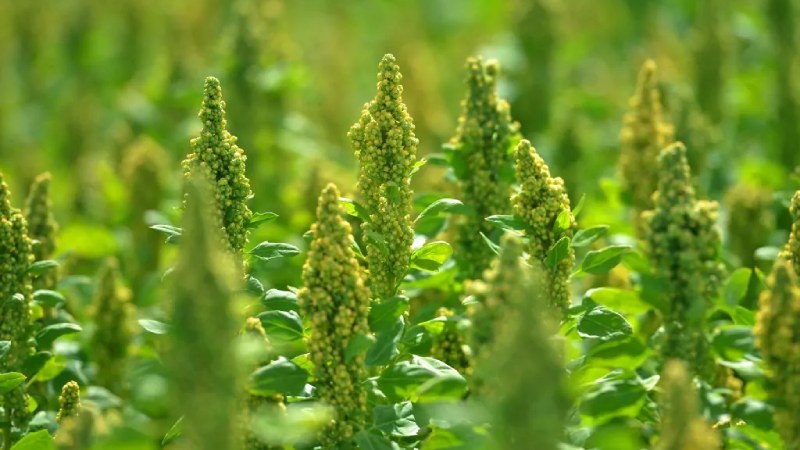Recently the Nieuwe Oogst magazine interviewed the Van Eck Family in Herkingen, NL. For nine years they have been growing Quinoa. “Quinoa is a salt-tolerant plant and therefore well-suited to this salty polder on Goeree-Overflakkee. You can even irrigate this crop with salt water,’ according to Jac.
Thank you Nieuwe Oogst team for giving our team permission to translate the article to English. Everyone who is interested to learn more about the pseudocereal will find it worth the read.
Jac van Eck is getting the hang of quinoa cultivation.
The original Dutch article can be found by clicking here
Text and photo’s by Job Hiddink. Translated by Treffler-M@M.
The family Van Eck is using Treffler machinery.
The Van Eck family is getting the hang of quinoa cultivation. The pseudocereal lends itself well to organic cultivation. “The biggest challenge is determining the right harvest time, because the crop ripens somewhat unevenly,” says grower Jac van Eck.
As you drive along Klinkerlandseweg in Herkingen, South Holland, towards the Van Eck family’s arable farm, you’ll see a striking crop across from the farm. It’s quinoa, a pseudocereal related to orach. The stems and foliage bear a striking resemblance to the well-known weed orach. The thick plumes containing quinoa seeds stand out above the stems, indicating a good yield.
“The crop is doing very well this year,” agrees Jac van Eck, as he walks through the 12-hectare plot. “We sowed on April 10th, when the soil had already warmed up a bit. Thanks to irrigation, the quinoa germinated easily and grew rapidly. The plot closed early, and the crop grew taller than in previous years.”
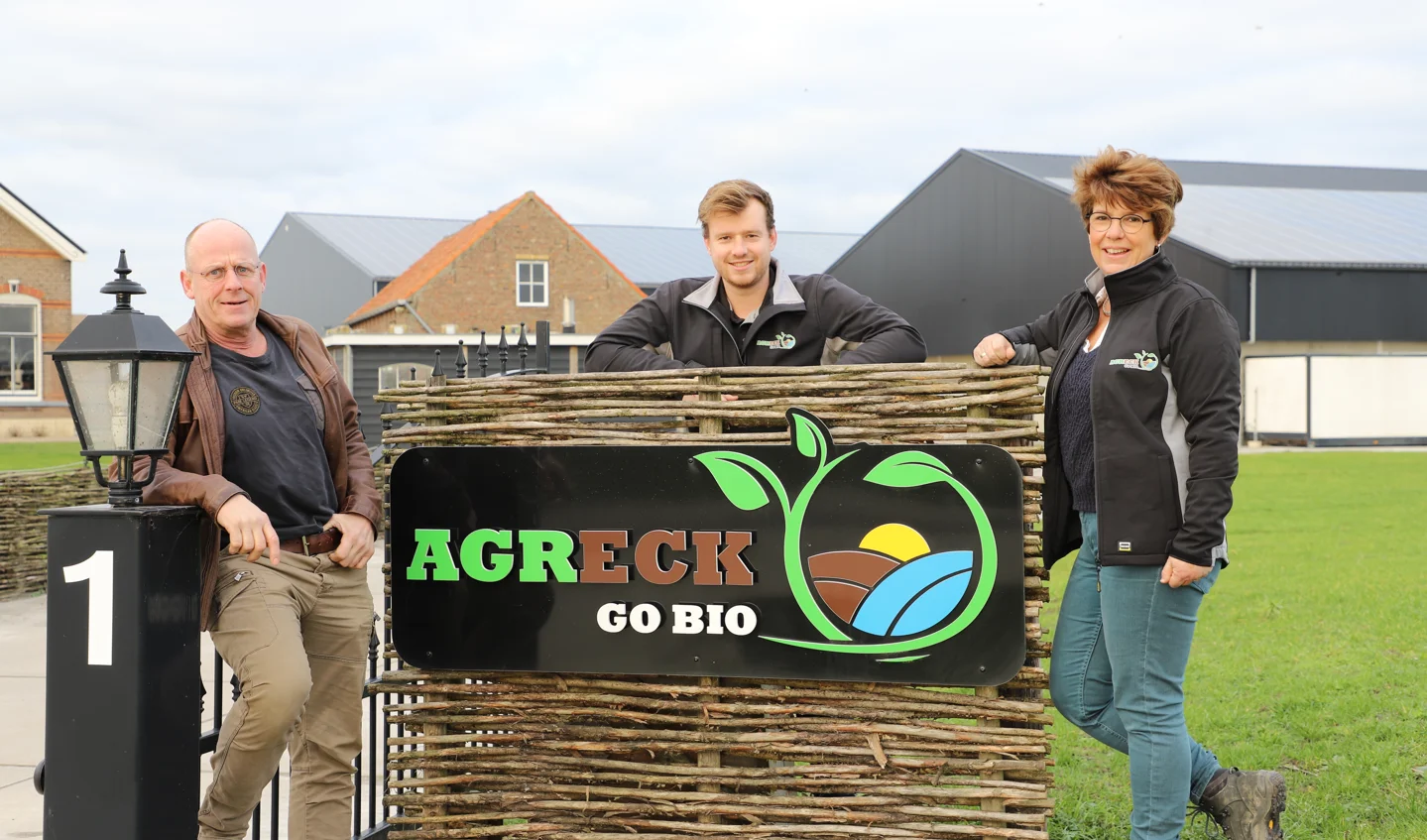
Weeds are easily controlled
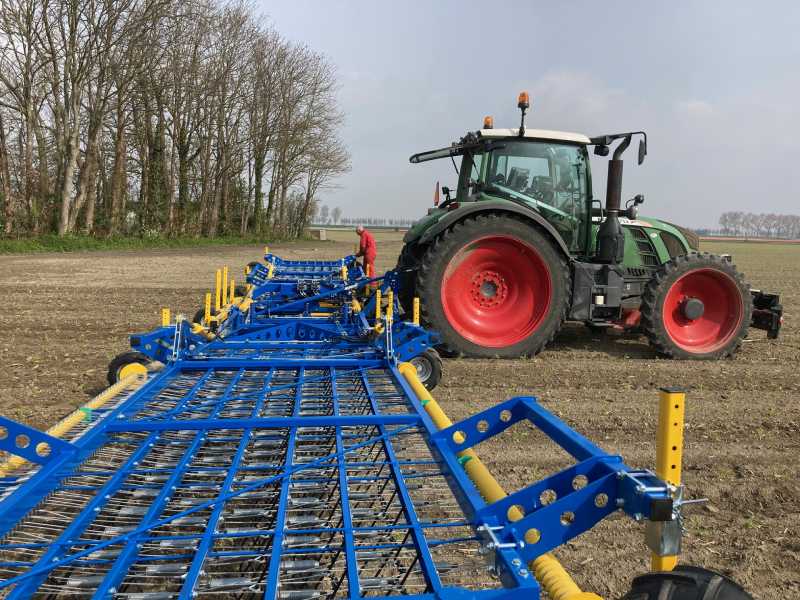
As a result, less light reached the soil and weed pressure remained limited. According to Van Eck, the weeds are easily controlled with harrows and hoes.
“We manage without pesticides or insecticides, including disease control. Quinoa has hardly any disease pressure,” the grower notes. Aphid pressure is relatively high this season, but the crop doesn’t seem to be affected.
“Quinoa is a salt-tolerant plant and therefore well-suited to this salty polder on Goeree-Overflakkee.” Jac van Eck, organic arable farmer in Herkingen.
This year marks the ninth year the family business has been growing the pseudocereal organically since 2019. “My father wanted to try something new and was looking for a challenge,” explains Van Eck. “Quinoa is a salt-tolerant plant and therefore well-suited to this salty polder on Goeree-Overflakkee. You can even irrigate this crop with salt water. But, quinoa is drought-resistant. Once it’s growing, you don’t need to irrigate.”
Before the season starts, the arable farmer spreads 15 tons of solid goat manure per hectare on each plot of the farm. This year, he also spread 40 cubic meters of liquid cow manure per hectare to the quinoa plot. Van Eck: “The liquid manure is added to get the crop to start growing. The solid manure releases nutrients later. Quinoa is not a resting crop and therefore doesn’t enrich the soil. After quinoa, we often grow a green manure to improve the structure, as it doesn’t root very deeply.”
Van Eck says he’s getting better at cultivation of the crop, which is originally from South America. He also points out that it is perfectly suited for organic cultivation. “The biggest challenge is determining the right harvest time, because the crop ripens somewhat unevenly. That was especially difficult in the first few years. Fortunately, we’re now seeing some improvement in the varieties, which is making the ripening more uniform.”
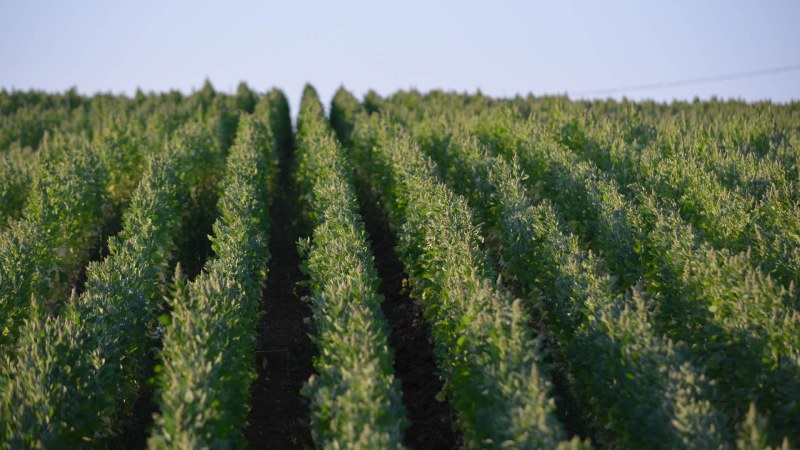
This South Holland farmer’s quinoa field is currently in the final stages of ripening, and he will soon be harvesting it with a colleague’s combine harvester. During harvest, the stalks are left behind on the land. Van Eck has had the stalks baled and taken to a nearby goat farmer, but it didn’t provide enough nutritional value. The stalks are also unsuitable as bedding, as they cannot absorb sufficient moisture.
The arable farmer hopes to harvest around 3 tons of quinoa seeds per hectare this year. “That’s the minimum yield we’re aiming for. Last year, we had a yield of 2 tons per hectare, but that was a bad year. More than 3 tons per hectare would be exceptionally high.”
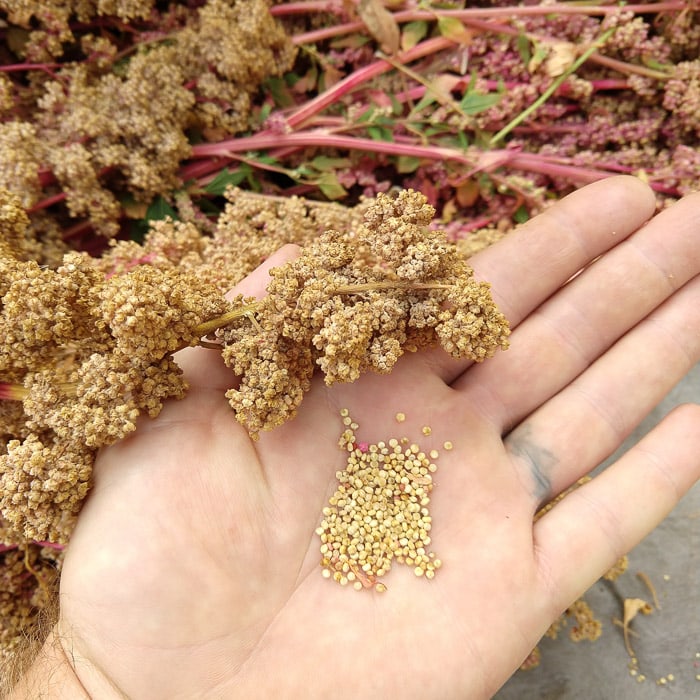
Due to uneven ripening, the seeds often arrive in the barn with a moisture content of at least 20 percent. This is despite the fact that the moisture content upon delivery must be below 13 percent. Van Eck: “With our condensation drying system, we have the capacity to dry them within ten days.”
After the drying process, the product goes to Van de Bilt seeds and flax. This company cleans and processes the quinoa seeds. The product is then packaged and shipped to retailers and food service companies. The Dutch quinoa supply chain is managed by GreenFood50. Growers sign annual contracts with this organization.
Van Eck did not want to disclose this year’s contract price. “The prices of the crop are good, but it’s not a cash crop. You could compare it to pumpkins and sweetcorn.”
The organic grower is pleased with the collaboration with GreenFood50. “You can consult with the cultivation advisors if you’re unsure about harvesting time, for example. There’s also a handy cultivation guide available, and it’s valuable that GreenFood50 organizes grower meetings. During these meetings, you can exchange knowledge and experiences with the more than thirty other Dutch and Belgian quinoa growers.”
Company details
Jac van Eck and his parents run an organic arable farm in Herkingen, South Holland. On the island of Goeree-Overflakkee, they cultivate eight crops on 85 hectares in a 1:7 rotation: potatoes, onions, sweetcorn, kale, beets, and grass clover. Quinoa will be part of the cropping plan for the ninth year in 2025. This spring, the farmer sowed broad beans instead of chicory, but the harvest failed.

